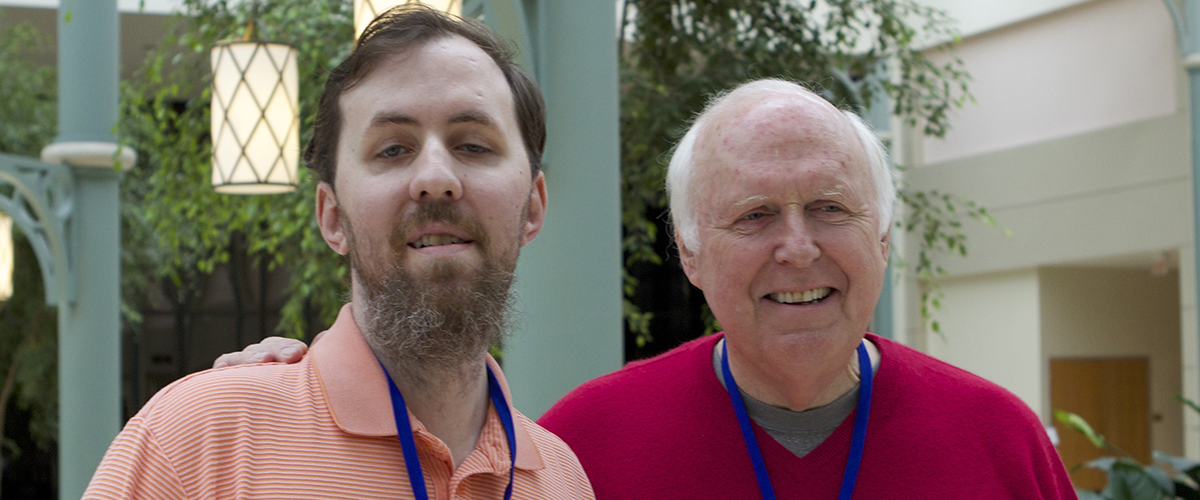Antisense oligonucleotides – short segments of genetic material designed to target specific areas of a gene or chromosome – that activate an enzyme to “chew up” toxic RNA (ribonucleic acid) could point the way to a treatment for a degenerative muscle disease called myotonic dystrophy, said researchers from Baylor College of Medicine and Isis Pharmaceuticals, Inc., in a report in the journal Proceedings of the National Academy of Sciences (www.pnas.org) .
“This is a proof-of-principle therapy that is very effective in cell culture and mice,” said Dr. Thomas A. Cooper, professor of pathology and immunology and molecular and cellular biology at BCM and the report’s corresponding author. “The treatment will have to be refined to deliver systemically in people with myotonic dystrophy.”
Myotonic dystrophy is the most common muscular disease in adults, affecting mainly the skeletal muscles, heart and central nervous system. It occurs because of a mutation that causes numerous repeats of three letters of the genetic code (CTG) in a gene called DMPK. RNA is made as a step in the cell’s production of the protein associated with the gene. The messenger RNA (the chemical blueprint for making a protein) that is produced from the mutated gene also contains the abnormal long repeats that cause the RNA to accumulate in the cell’s nucleus. There it sequesters and blocks the function of a protein called Muscleblind-like 1 and activates another protein called CELF1. These proteins antagonize one another and the result is abnormal expression of proteins from many other genes in adult tissues, resulting in disease.
To counteract this, Cooper and his colleagues created antisense oligonucleotides called gapmers, which are simply strands of genetic material that seek out portions of the abnormal RNA repeats and target an enzyme called RNase H to the toxic RNA causing its degradation. They also showed that combining the gapmers with other antisense oligonucleotides that help released the sequestered Muscleblind-like1 can enhance the effect.
“It worked in cultures of cells with the expanded repeats and in mice that model myotonic dystrophy,” said Cooper. “We did it in skeletal muscle first because we can inject the material directly into the muscle.”
Later, he plans to determine if the material also works in the animals’ hearts.
Using the treatment in people will require more fine-tuning, said Cooper. He would like to be able to give the therapy systemically rather than directly into the muscle. They saw some muscle damage and inflammation in the animals they treated.
Antisense oligonucleotide treatments are being tested in Duchenne muscular dystrophy and another disease called spinal muscular atrophy, said Cooper.
Others who took part in this research include Johanna E. Lee of BCM and C. Frank Bennett of Isis.
Funding for this work came from the National Institutes of Health, the Muscular Dystrophy Association and the Shanna and Andrew Linbeck Family Charitable Fund.
Reposted with permission from Baylor College of Medicine
05/16/2012

